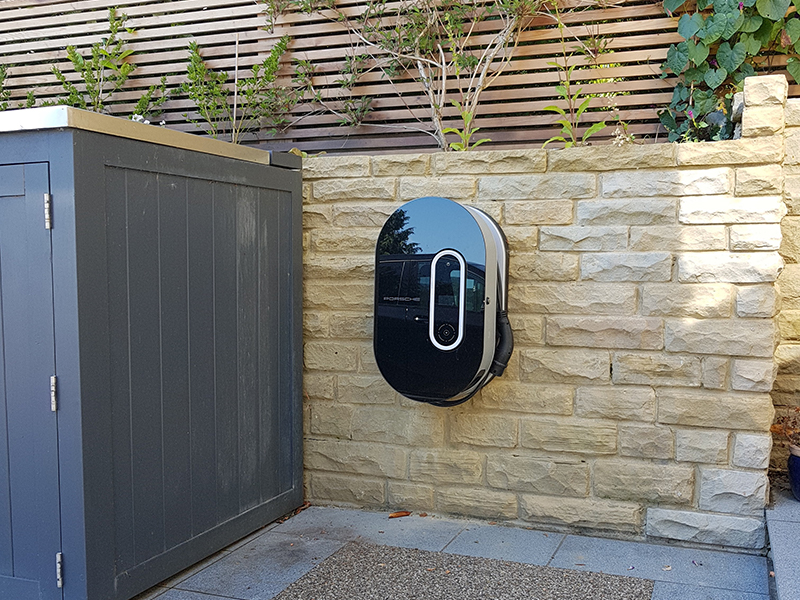With the growing popularity of electric vehicles (EVs) in the UK, many car owners are looking to have a charging point installed in their homes. This not only offers the convenience of charging your car overnight, but can also help reduce the total cost of ownership. The Hyundai Ioniq 6, which is set to be released in the UK soon, will be a great addition to the growing electric vehicle market, and it’s important to make sure you have the right infrastructure in place to support it. In this article, we’ll take a look at the steps you need to follow to get a home electric car charging point installed.
Step 1: Choose a Charging Point
When choosing a charging point, it’s important to consider the following:
- Cost: Fast charging points are generally more expensive than slow charging points.
- Charging speed: If you’re only using your car for short trips, a slow charger may be sufficient. However, if you’re taking long journeys, a fast charger is essential.
- Installation costs: Some charging points require professional installation, which can be costly.

Step 2: Get a Quotation
Once you’ve decided on the type of charging point you want, the next step is to get a quotation from a supplier. When comparing quotes, it’s important to consider the following:
- The cost of the charging point itself.
- The cost of installation.
- The cost of any necessary electrical work.
- The warranty and after-sales service offered.
Step 3: Check if You’re Eligible for a Grant
The UK government offers a grant of up to 75% towards the cost of installing a home charging point. To be eligible for the grant, you must own an electric or plug-in hybrid car, and the charging point must be installed by a government-approved installer. To find out if you’re eligible for a grant, you can check the government’s website.
Step 4: Arrange Installation
Once you’ve chosen a supplier and checked if you’re eligible for a grant, the next step is to arrange installation. Most suppliers will arrange installation for you, but it’s important to check with the supplier to make sure.
Step 5: Electrical Work
Depending on your home’s electrical setup, you may need to have additional electrical work carried out to support the charging point. This may include installing a new circuit breaker or upgrading your electrical system. Your supplier will be able to advise you on what work is required.
Step 6: Installation
The installation of a home charging point typically takes a day. During the installation, the following steps will be carried out:
- The charging point will be fitted to an outside wall.
- The electrical connection will be made to your home’s electrical system.
- The charging point will be tested to ensure it’s working correctly.
Step 7: Use and Maintenance
Once the charging point has been installed, it’s important to use and maintain it correctly. Here are a few tips to help you get the most out of your charging point:
- Use the correct type of charger: Different cars require different types of chargers, so it’s important to make sure you’re using the correct one for your Hyundai Ioniq 6. Keep the charging point clean: Dirt and debris can interfere with the charging process, so it’s important to keep the charging point clean. Regularly check for any damage: If you notice any damage to the charging point, such as a frayed cable, it’s important to have it repaired as soon as possible. Follow the manufacturer’s instructions for use: The manufacturer’s instructions will provide important information on how to use and maintain your charging point.

Conclusion
Getting a home electric car charging point installed is a great way to enjoy the benefits of owning an electric vehicle. By following these seven steps, you can ensure that your charging point is installed quickly, safely and at a reasonable cost. If you have any questions or concerns about the installation process, be sure to consult a professional.






